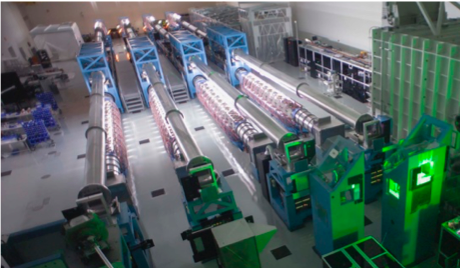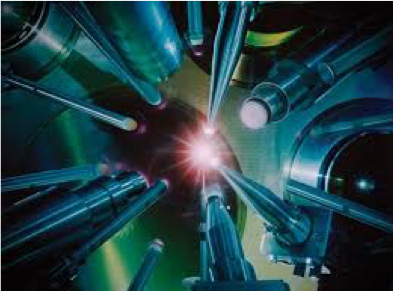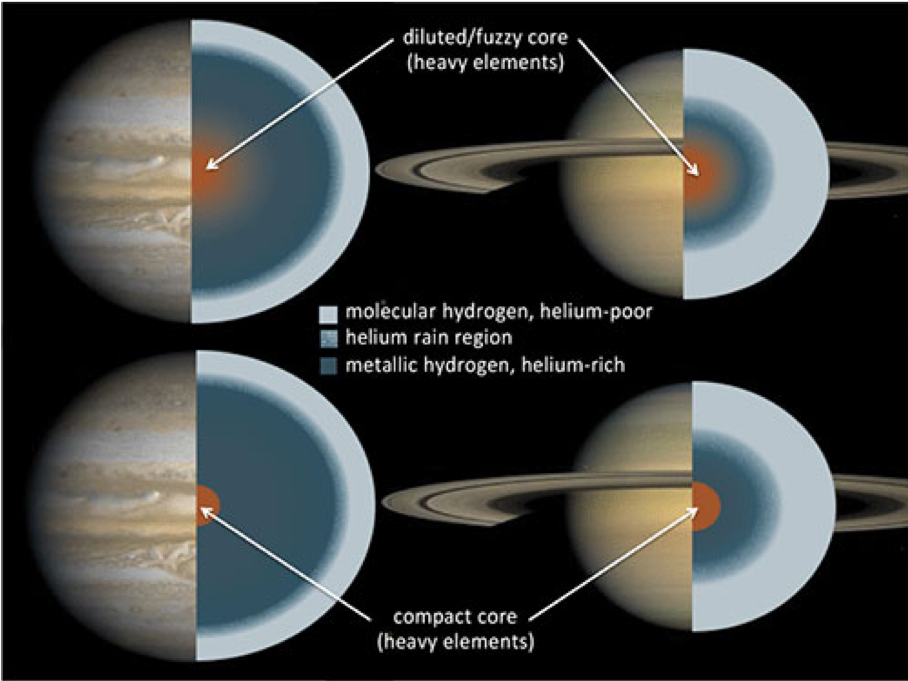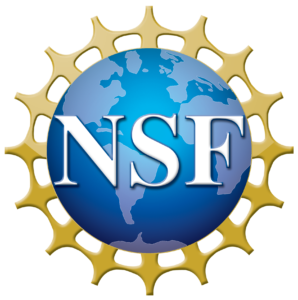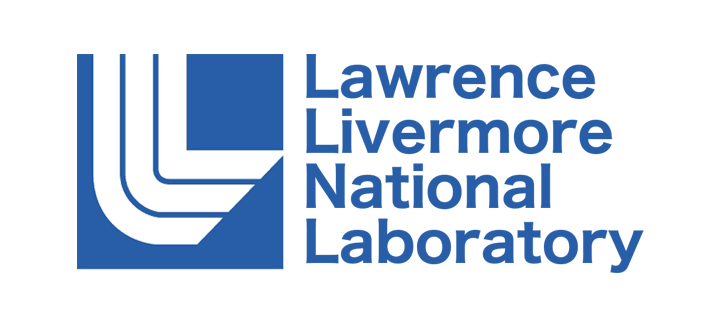
Research
Overview
CMAP, an NSF-designated Physics Frontiers Center, is one of the foundation’s first major initiatives in the field of high-energy-density sciences. We bring together researchers at Rochester, MIT, Princeton, the Universities of California at Berkeley and Davis, the University of Buffalo, and the Lawrence Livermore National Laboratory.
Our physicists, astrophysicists, and planetary scientists are working to understand the physics and astrophysical implications of matter under pressures so high that the structure of individual atoms is disrupted.
The impetus for the project includes two recent movements in science:
- A paradigm shift in how we think about extreme states of matter. Theoretical and experimental results suggest that materials subjected to atomic scale pressure can become increasingly more complicated, with extraordinary properties.
- The discovery of thousands of planets, some of which may be platforms for life, outside our solar system. To understand the nature of these massive bodies, we need to understand their deep interior states, which are under the crushing forces of gravity.
CMAP is poised to lead discoveries at the convergence of these two movements in science by combining our members’ institutional facilities and resources—including powerful lasers, pulsed-power, and x-ray beam technology—with fundamental research in four main areas.
Funding for our research is provided by the Center for Matter at Atomic Pressures (CMAP), a National Science Foundation (NSF) Physics Frontiers Center, under Award PHY-2020249. Any opinions, findings, conclusions or recommendations expressed in this material are those of the author(s) and do not necessarily reflect those of the National Science Foundation.

